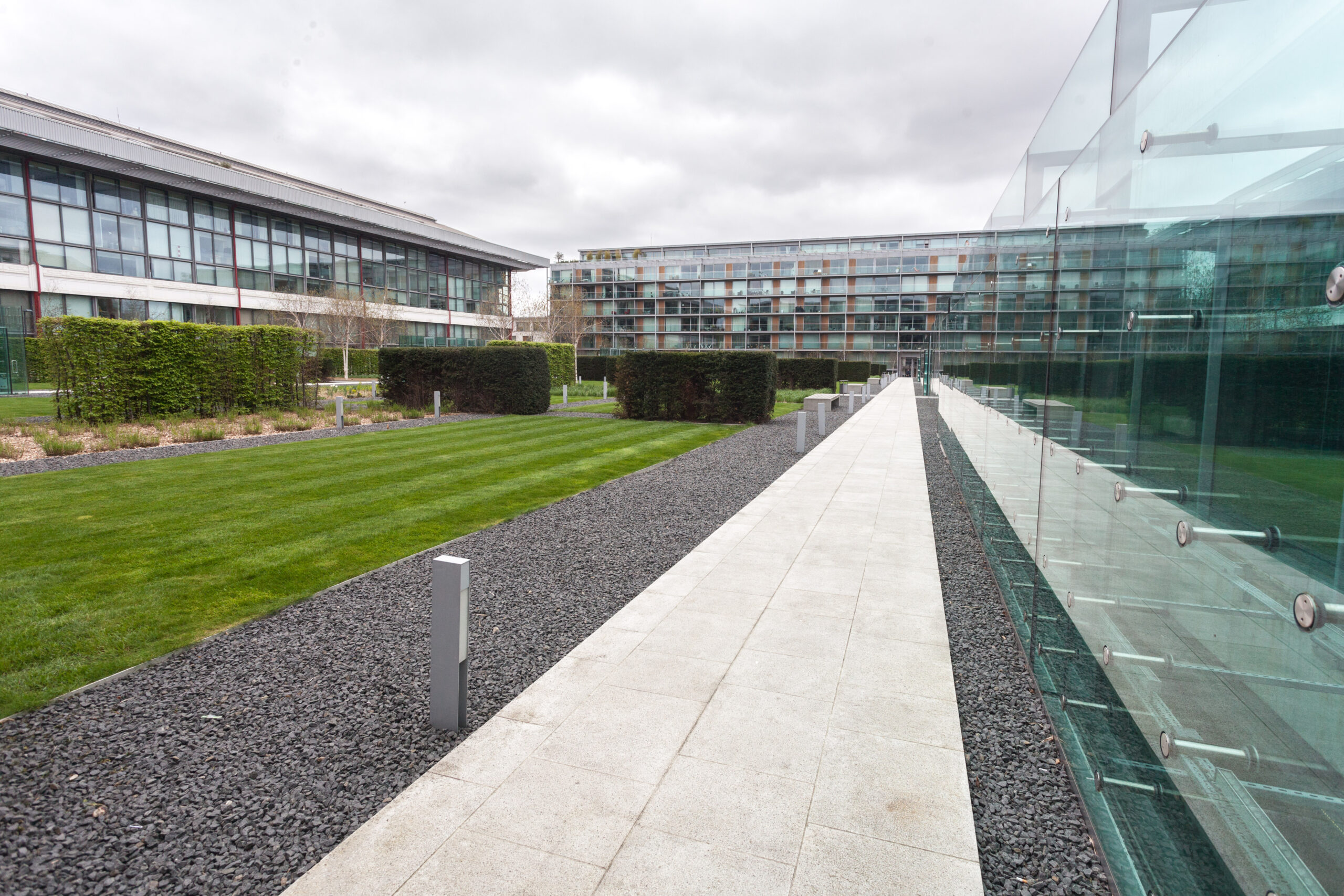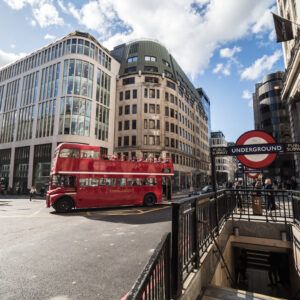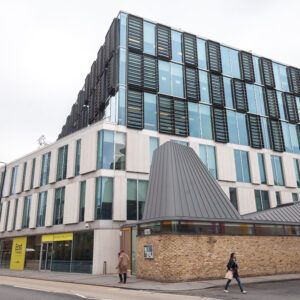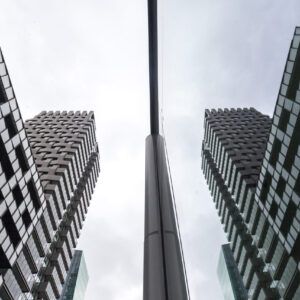
North Block Highbury
Location:
Main contractor:
Architect:
Complete:
Façade Scope:
London, England
Sir Robert McAlpine
Allies and Morrison
2010
Performing static, fabrication and site project curtain walls.
SEND US A MESSAGE
CONTACT INFORMATION
15 Powązkowska St.
01-797 Warsaw
Poland
Do You have A Question? Do You want to know our offer?
WE ARE AT YOUR DISPOSAL!
NORTH BLOCK HIGHBURY SQUARE
Country: UK, England
Location: London
Purpose: residential area, museum facilities
Main Contractor: Sir Robert McAlpine
Architect: Allies and Morrison
Our contribution: Performing static, fabrication and site project curtain walls.
Complete: 2010
The award-winning high-density housing development project that proposes the new 'London Square' deserving of the name Premier League.
The designers' ambition was to combine the historical significance of the former Arsenal London stadium inscribed on the national heritage list with decidedly modern architecture and landscape into a coherent whole. 725 housing units have been built on the site of the former Highbury Stadium, ensuring a future for Arsenal FC's spiritual home. The residential built on the former stadium grounds pays the tribute to the history of football.
CONTEXT
Along the Arsenal FC’s owners decision to move from Highbury Stadium to the cloesly situated bigger and more modern Emirates Stadium, the question of what should become of the historic home of the London club was raised. Highbury was no only a sentimentally important place for the soccer club since the 1913, but it also stood out for its character in a mostly residential neighborhood.
Highbury stadium was located inside of the typical London district of Victorian buildings interspersed with post-war apartment blocks. Size of the stadium – aprox. 3.5 ha as well as close proximity to a metro station suggested that the area would be well prepared for residential development, which London desperately needs. However, unforeseen problems quickly arose. The east stand built in the art deco style in the 1930s in not only a local landmark inscribed into the urban tradition, but it is also listed in list of monuments as one of the first specially built football stands in the world.
PROJECT
The construction program was developed by architects from Allies and Morrison in order to maximize the development potential of the place, while emphasizing its historical significance, preserving and securing the historical construction heritage as well as finding a real new use for it.
After lots of negotiations with English Heritage, a project was developed to preserve, rebuild and adapt both the eastern and slightly later built western stands for residential use, reconstruction of the rest of the area, construction of the new apartment blocks and replacement of the football field with a shared park. The simple, rectilinear space has been abstracted into a complex grid of plantings and water features, designed in collaboration with Christopher Bradley-Hole Landscape. Park is overgrown by the wild wild grasses and hedges arranged into a tartan pattern and emphasized decorative glass elements along with illuminated water walls. Inside of the park there is a Memorial Garden inside of which ashes of over 500 of the Arsenal’s fans are buried.
Already existing four-meter construction block of the stands was used as planning grid for the entire project. The shared park, connection between the buildings and communal spaces have a lot in common with a Georgian square in London, where the group of architecturally similar buildings creates a formal garden.
The apartments are integrated into the structure of the eastern and western stands with with an emphasis and orientation on the park through extensive glazing and balconies. In the remainder of the area, additional residential fillings built around a series of smaller courtyards create high-density residential development. In total Highbury Square provides over 25 different types of apartments, including interconnecting twins, triple houses and penthouses. Naturally illuminated and ventilated parking as well as secure bicycle storage are located in the underground part of the development, the light comes through the glazed and illuminated water walls, which is a unique feature of the park created on the former pitch.
CONSTRUCTION
Design of the new buildings is different depending on their location within the project. The biggest apartment blocks are usually glazed on the side of the garden, but have brick facades facing the street. While the smaller buildings are located on the edge of the site and are painted white and generally have a more informal appearance.
Thereby, an appropriate balance has been struck between public access and the privacy of residents. A new public artery connecting Avenell Road with Highbury Hill was run through the entire development, which significantly increased traffic its capacity.
Highbury Square was one of the first large scale residential developments designed in line with the London Mayor's Climate Change Strategy. On the southern roofs of the buildings there is a large solar heating system connected to a heating and power system. All of the buildings have a high level of thermal insulation and the abstraction of rainwater provides enough water to sustain the new plantings.
The resulting project with an area of 50,495 square meters keeps the features of a former soccer stadium and is the first development of this type in Europe.























